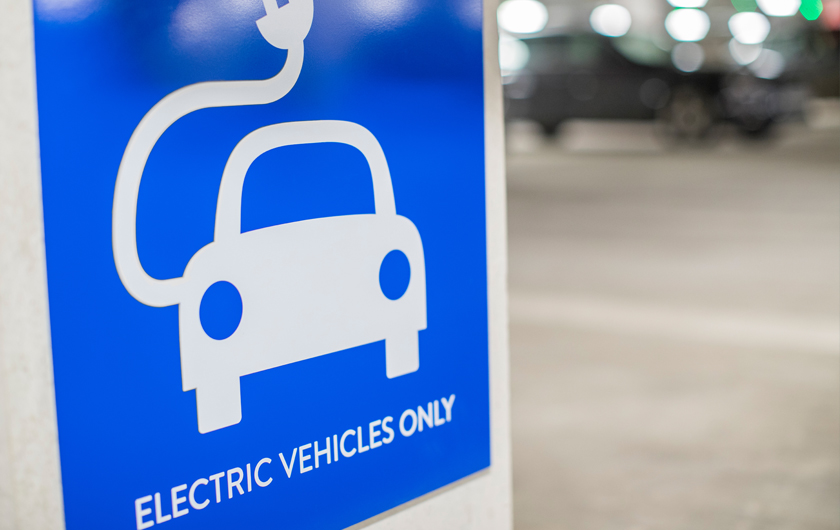Getting greenhouse gases out of the atmosphere is key in the fight against climate change
What are known as carbon capture technologies hold out the promise of our being able to scrub carbon dioxide (or CO2) from the atmosphere as we also work at reducing the amount of CO2 we send into it, saving ourselves from rising temperatures. Now researchers at the Massachusetts Institute of Technology have developed a method that is less expensive and uses less energy than existing methods and that can remove CO2 even at low concentrations, such as in the atmosphere.
Announced in late October in a paper published in the journal Energy and Environmental Science, the method involves the charging and discharging of what is essentially a large battery—as it charges, electrodes attract the CO2 in the air passing over them; as it discharges, it releases the CO2, which can be captured. Describing the advance as “revolutionary,” the developer, Sahag Voskian, said, “It’s just these very thin sheets…that can be stacked in a box and connected to a source of electricity.”
The captured pure CO2 can later be used safely for industrial purposes such as carbonating soft drinks or feeding greenhouse plants, or it can injected into the ground for later disposal. The MIT researchers have already established a company called Verdox to build a carbon capture and re-purposing plant in a few years.
Carbon capture and re-use may in fact become big business. In November, researchers from seven institutions including Oxford University and UCLA published a study in the journal Nature that analyzed the possibilities of 10 different ways to use CO2, in such things as fuels and building materials. These technologies will, however, need to be combined with an aggressive transition away from fossil fuels, the researchers warn.
“Carbon dioxide utilization can be part of the solution to combat climate change, but only if those with the power to make decisions at every level of government and finance commit to changing policies and providing market incentives across multiple sectors,” said Emily Carter, a professor of chemical and biomolecular engineering at UCLA and co-author of the paper in a statement. “The urgency is huge and we have little time left to effect change.”
“We haven’t reduced our emissions fast enough, so now we also need to start pulling carbon dioxide out of the atmosphere. Governments and corporations are moving on this, but not quickly enough,” said Cameron Hepburn, another lead author on the study.
The United Nation’s Intergovernmental Panel on Climate Change has been urging governments to reduce their emissions targets to keep global warming below 1.5 degrees Celsius over the rest of the century.
Photo: iStock/martin_33.






